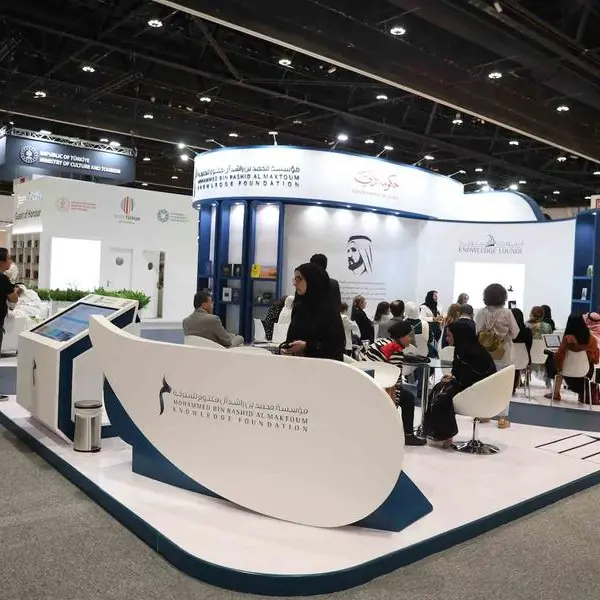The number of CML patients requiring bone marrow transplants has dropped from 34% to less than 3% in the last 5 years
Cairo, 22 March, 2015
The second annual Egyptian Hemato-Oncology Group EHOG conference discussed latest advances in the diagnosis and treatment of leukemia with a focus on the treatment of Chronic Myeloid Leukemia (CML) - which affects bone marrow hematopoietic cells - after the appearance of the second generation of targeted treatments. It was attended by renowned hematology experts, including Dr. Hossam Kamel, Professor of Hematology at the National Cancer Institute and former Cairo University President, recently bestowed with the nation's discretionary award for advanced technological sciences in the field of medicine, crowning his achievements and services to the university, with a special emphasis on his scientific research in the areas of bone marrow transplants and stem cells.
"CML is a malignant disease which affects bone marrow hematopoietic cells, then spreading to the blood and potentially reaching other parts of the body. The annual incidence rate for is around 1.5% in every 100,000 people, with an average patient age of 40," said Dr Ashraf El Ghandour, Professor of Hematology and Vice of Dean of the Alexandria University Faculty Medicine. It is important to emphasize the significant successes achieved in the treatment of this disease, as they represent a medical breakthrough in cancer treatment in general and in the treatment of leukemia especially. "Over a time-span of only ten years, targeted treatments have transformed CML from a fatal to a curable disease."
The first generation "Glivec" with the active ingredient "Imatinib", was the first drug that offered patients hope for treatment, while the second generation "Tasigna", with the active ingredient "Nilotinib" represents a major leap forward helping improve patient survival rates by between 45% and 85%, compared to first generation medications.
Dr Hossam Kamel, Professor of Hematology at the National Cancer Institute added, "The last 50 years have witnessed a remarkable transformation in the treatment of CML - where in the past it was only treated using bone marrow surgery, now it is completely curable using targeted treatments." He explained that CML results from a mutation in a single gene, BCR-ABL, which leads to the production of the tyrosine kinase protein. This makes it simple for targeted treatments to target this gene only, whereas other diseases are a result of multiple gene mutations, lowering the chances of a cure.
He said, "second generation targeted therapies have prompted an unprecedented increase in cure rates; the number of CML patients who undergo bone marrow transplant surgeries has dropped from 34% to under 3% in the last 5 years. For the first time CML patients can discontinue treatment after achieving complete cure, and that is due to the outstanding effectiveness of these medications in decreasing leukemia levels in the blood. This is also great news for women affected by CML at a young age, wishing to have children."
On another note, Dr. Manal El Sorady, Professor of Hematology and Genetics at the University of Alexandria, praised the Ministry of Health's efforts in providing these treatments via health insurance and state-paid-treatment overcoming the challenges to treatment access. Now patients can live with CML as they do with any other chronic disease, provided they adhere to treatment guidelines. She appealed to the MoH to continue to make these treatments available. It is worth noting that in the past, before the appearance of these treatments, fatality rates were very high and cure rates did not surpass 20%.
-Ends-
*Saglio G, et al. Blood. 2013;122: Abstract 92
© Press Release 2015










